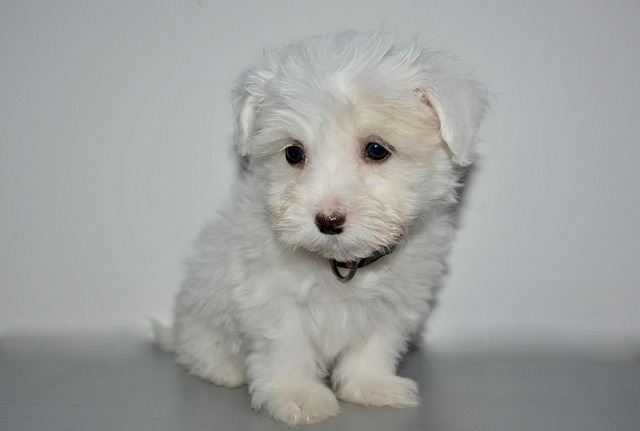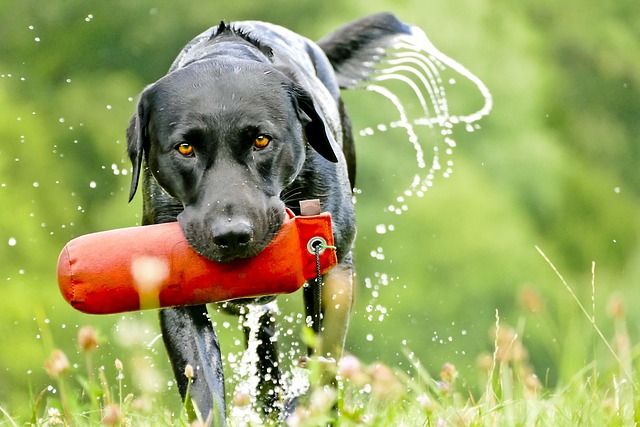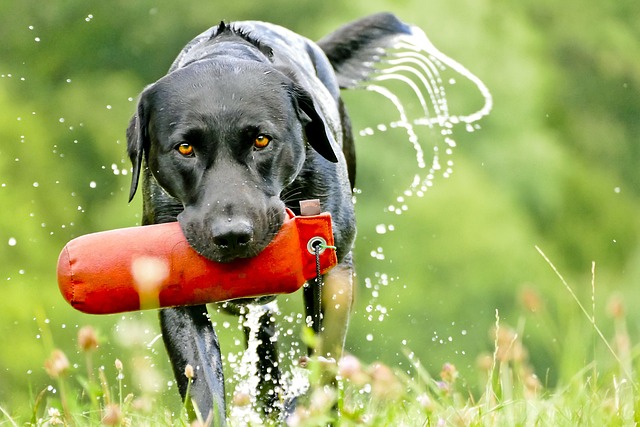
How long does it take to train a dog 1 command?
Dreaming of the moment your dog sits on command or stays put while you answer the door? Training your furry pal is like building a secret language, but one question lingers: how long will it take?
Ever feel like you're speaking a different language when trying to teach your dog "sit" or discourage counter surfing? You might reward with a treat one minute, then ignore jumping the next, hoping something clicks. The key to truly effective communication lies in understanding reinforcement, the core engine driving how dogs learn new behaviours and ditch the unwanted ones. It all boils down to four fundamental types rooted in solid behavioural science, specifically a principle called operant conditioning. Grasping these isn't just about quicker training results; it’s about building a stronger, happier bond with your furry companion.
So, what are these four pillars? Let's break them down without the overly technical jargon. First up, Positive Reinforcement. This is the superstar, the method most modern trainers and behaviourists champion, especially considering evolving views on animal welfare across places like the EU, UK, and many US states. Think of it as adding something your dog loves to make a behaviour more likely. That delicious treat appearing the instant their bottom hits the floor for "sit"? That’s positive reinforcement. A favourite toy appearing for a brilliant recall? Absolutely. Praise, petting, a game of tug – if your dog values it, it’s fuel for positive reinforcement. It builds enthusiasm and trust, making learning enjoyable for everyone involved. Many owners find this aligns perfectly with a desire for kind, force-free methods.
Next comes Negative Reinforcement. This one often causes confusion because of the word "negative." Here, it technically means removing something unpleasant to strengthen a behaviour. Imagine steady leash pressure that only stops when your dog moves back to your side – the removal of that pressure reinforces the act of walking politely. The dog learns to perform the behaviour to make the uncomfortable sensation go away. While technically effective, it relies on introducing an aversive (the pressure, an unpleasant sound, etc.) first. It’s crucial to understand that tools historically associated with this method (like certain e-collars or prong collars) are increasingly restricted or banned outright in many European countries and some US municipalities due to welfare concerns. Always, always check your local regulations and consider the ethical implications and potential fallout for your dog's well-being and your relationship before considering this approach. Modern trainers heavily favour positive methods.

Now, onto the other side: behaviours we want to decrease. Positive Punishment involves adding something unpleasant immediately after an unwanted behaviour to make it less likely. A harsh verbal "No!" yelled when they jump up, a leash correction for pulling – these aim to add an aversive consequence. However, this approach carries significant risks: it can easily create fear, anxiety, or even aggression, damaging the crucial trust between you and your dog. It often suppresses behaviour without teaching the dog what to do instead. Given the strong cultural shift towards positive, science-based methods and increasing legislative restrictions on aversive tools in many regions, positive punishment is generally discouraged by professional organisations and may even conflict with local animal welfare laws.
Finally, Negative Punishment is about taking away something good to decrease an unwanted behaviour. This is actually a very useful and ethical tool! When your dog jumps up for attention excitedly, you turn away and remove that potential attention (the "good" thing). If they are play-biting too hard, you stop the game (removing the fun). The dog learns that the unwanted behaviour makes the desirable thing – attention, play – disappear. It requires patience and consistency but is incredibly effective when combined with teaching and rewarding the alternative behaviour you do want (like sitting calmly for greetings).
Understanding these four types isn't just academic. It empowers you to be intentional. You start noticing the natural consequences reinforcing behaviours (like your dog finding dropped food rewarding scavenging!). More importantly, it highlights why Positive Reinforcement combined strategically with Negative Punishment forms the bedrock of modern, effective, and humane dog training. This approach aligns with the growing societal emphasis on animal welfare reflected in legislation and simply creates a happier, more confident dog eager to learn with you. Focusing on rewarding the good stuff, managing the environment to prevent rehearsal of bad habits, and calmly removing rewards for minor missteps builds that joyful partnership we all seek. Remember, a well-trained dog isn't just about obedience; it's about shared understanding and mutual respect, achieved through methods that feel good for both ends of the leash.

Dreaming of the moment your dog sits on command or stays put while you answer the door? Training your furry pal is like building a secret language, but one question lingers: how long will it take?

Housebreaking your furry friend isn't just about keeping your floors clean—it's a game-changer for both of you. Think about it: no more late-night dashes in the rain, no embarrassing surprises when guests visit.

Ever feel like you're speaking a different language when trying to teach your dog "sit" or discourage counter surfing? You might reward with a treat one minute, then ignore jumping the next

Taking your dog on car rides can be a blast—whether it’s a trip to the dog park, a weekend getaway, or just a quick errand. But in the Western world,

Taking your dog on car rides can be a blast—whether it’s a trip to the dog park, a weekend getaway, or just a quick errand. But in the Western world,

Taking your dog on car rides can be a blast—whether it’s a trip to the dog park, a weekend getaway, or just a quick errand. But in the Western world,